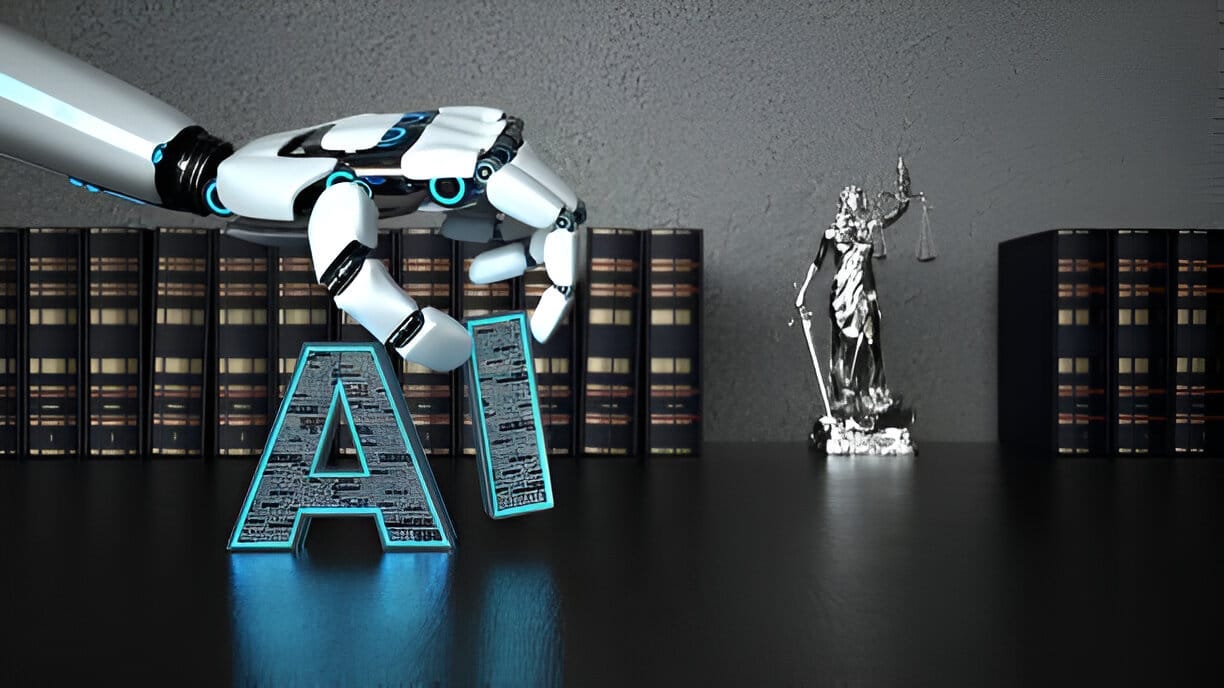Navigating the Patent Landscape for Generative AI and Software Innovations: Global Trends, Legal Challenges, and Opportunities
The shift from traditional machine learning led to significant innovations in generative tasks, establishing deep learning as the fastest-growing AI method of the late decade
By Praveen Baura
Introduction
Generative AI is rapidly emerging as a transformative force across various economic, social, and cultural domains, extending well beyond simple text generation capabilities. According to the WIPO patent landscape report, the surge in Generative AI in recent years has been largely fueled by three key factors: the advancement of more powerful computing systems, access to vast datasets for training, and the enhancement of AI and machine learning algorithms. In the 2010s, deep learning became the dominant approach in AI, leveraging advancements in neural networks and data to achieve superior performance. This shift from traditional machine learning led to significant innovations in generative tasks, establishing deep learning as the fastest-growing AI method of the late decade.
Global Trends in AI Patents
China has emerged as the global leader in generative AI patents, with over 38,000 patents filed between 2014 and 2023. This is followed by the US, South Korea, Japan, and India, while the UK and Germany are the leading European contributors. Together, these regions account for 94% of worldwide generative AI patents. Patents in generative AI primarily address applications related to image and video data, with an additional focus on text, speech, sound, and music. Fewer patents are dedicated to 3D models, chemical data, and software, though many patents cover multiple data types through multimodal models[1].
Generative AI applications span various industries, including software, life sciences, document management, business solutions, manufacturing, transportation, security, and telecommunications. These advancements significantly impact content creation and productivity across sectors. Leading organizations in generative AI patenting include Tencent, Ping An Insurance Group, and Baidu, with Tencent integrating these technologies into platforms like WeChat and Ping An applying them in underwriting and risk assessment. The Chinese Academy of Sciences and IBM are also notable players, reflecting the strong involvement of both research institutions and tech giants in advancing generative AI.
In the domain of scientific publications, the Chinese Academy of Sciences leads, followed by Tsinghua University and Stanford University. Alphabet/Google has the highest citation impact, while OpenAI, has achieved notable recognition through citations.
The Curious Case of DABUS
DABUS (Device for the Autonomous Bootstrapping of Unified Sentience), an AI system developed by Stephen Thaler, is credited with inventing a novel food container using fractal geometry for quick reheating and an emergency attention beacon. The attempt to list DABUS as the inventor in patent applications has created legal and administrative discussion on the feasibility of granting patents for inventions generated by AI [2].
The DABUS patent application faced varied outcomes across different jurisdictions. The European Patent Office and the UK IPO rejected the application, asserting that inventorship must be attributed to a natural person. The USPTO also denied the application, emphasizing that current law requires inventors to be human, with any change needing Congressional approval. Conversely, the Australian Federal Court ruled in favor of recognizing AI as an inventor under the Patent Act, though AI cannot be the applicant. South Africa uniquely granted the patent, leveraging its less stringent examination process and the Patent Cooperation Treaty.
India’s Dilemma with Computer-related Inventions (CRI)
In India, there is a prevalent belief that software-related inventions are not eligible for patent protection. As a result, inventors and companies often overlook the option of patenting such inventions and instead focus on bringing them to market, thereby forfeiting potential patent rights. Section 3(k) of the Indian Patents Act, 1970, specifically excludes mathematical methods, business methods, computer programs as such, and algorithms from being patented.
The Indian Patent Office's guidelines on computer-related inventions (CRI) have undergone several revisions to address inconsistencies and stakeholder concerns. Initially released as a draft in June 2013, the guidelines were finalized in August 2015 but were later suspended in December 2015. A stricter version followed in February 2016, which led to further stakeholder dissatisfaction and calls for reevaluation. The latest guidelines, issued on June 30, 2017, revert to a more lenient stance, incorporating recommendations from a DIPP (now DPIIT)-established expert committee that engaged comprehensively with various stakeholders.
The 2017 guidelines[3] emphasize that while "computer programs per se" are not patentable, inventions involving a computer program must demonstrate a "technical effect" or "technical contribution" to be considered for patent protection. This aligns with principles similar to the Aerotel/Macrossan case in England. The Delhi High Court's 2019 decision in Ferid Allani v. Union of India [4] reinforced this approach, stating that innovations in AI, blockchain, and similar technologies can be patentable if they present a technical contribution beyond mere software implementation.
Way Forward
AI-related patents inherently are not limited to territorial boundaries, as the technology's impact and applications are global. Various countries are developing their own regulations and AI acts, which may not uniformly address the patenting of AI inventions. This fragmented approach creates challenges for global consistency in patent protection. Given the widespread and cross-border nature of AI innovations, there is a pressing need for a harmonized international framework. A standardized statute at the World Intellectual Property Organization (WIPO) level could ensure consistent and equitable patent protection for AI-related inventions across different jurisdictions, pushing innovation and legal clarity worldwide.
💡 Praveen Baura is a Young Professional at the Intellectual Property Office under the Department for Promotion of Industry and Internal Trade (DPIIT), Ministry of Commerce and Industry, Government of India.
Reference:
[1] World Intellectual Property Organization, “Patent Landscape Report: Generative Artificial Intelligence”,(2024), available at, https://www.wipo.int/web-publications/patent-landscape-report-generative-artificial-intelligence-genai/en/index.html
[2] WIPO MAGAZINE,” The Artificial Inventor Project”,(2019), available at, https://www.wipo.int/wipo_magazine/en/2019/06/article_0002.html
[3] Office of the Controller General of Patents, Designs and Trade marks,”Guidelines for Examination of Computer Related Inventions (CRIs)”, (2017), available at,” https://ipindia.gov.in/writereaddata/Portal/IPOGuidelinesManuals/1_86_1_Revised__Guidelines_for_Examination_of_Computer-related_Inventions_CRI__.pdf”
[4] Ferid Allani vs Union Of India & Ors on 12 December, 2019, available at,” https://indiankanoon.org/doc/90686424/ “




